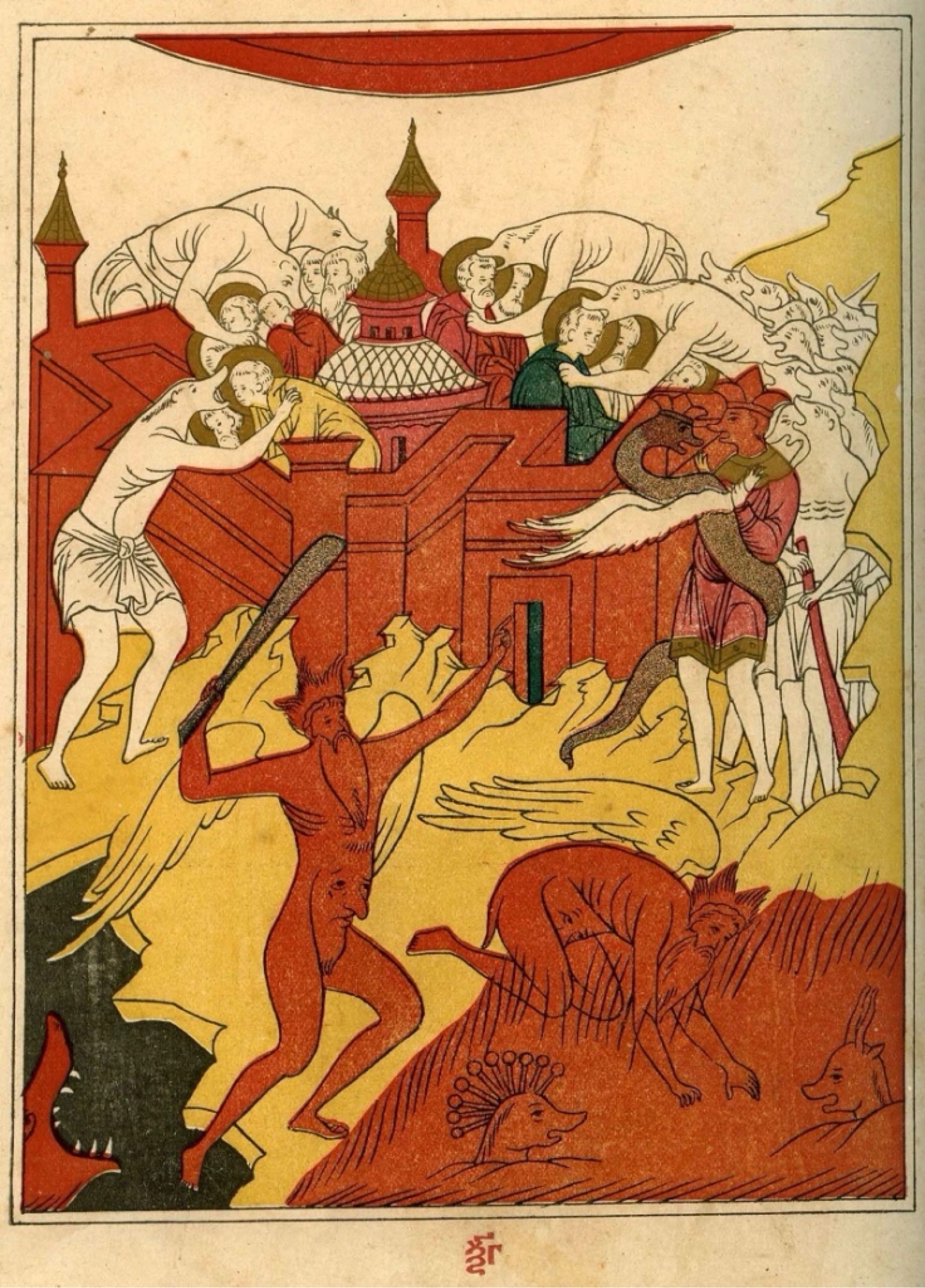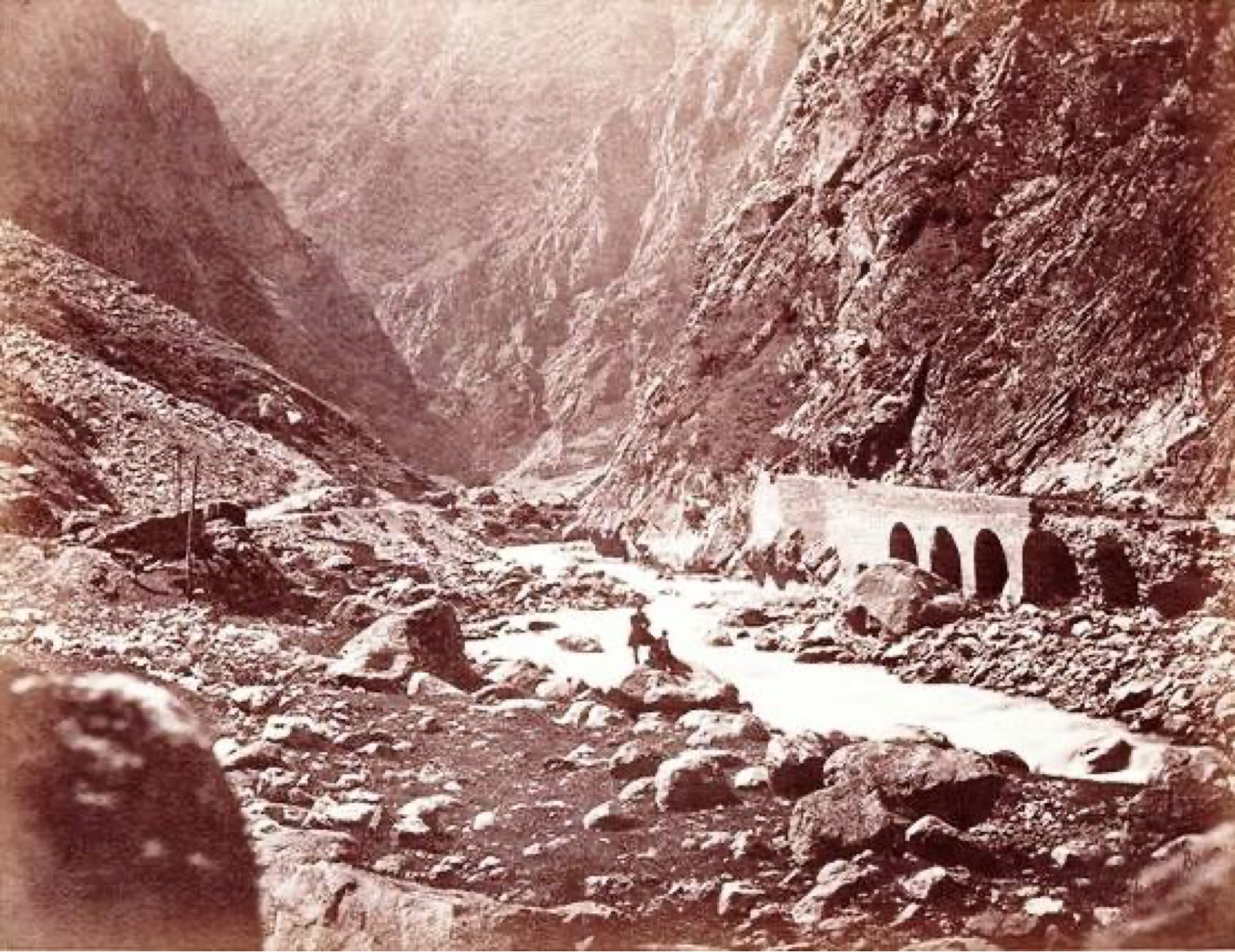Imran Hosein on Gog and Magog: Insights from Jerusalem in the Quran
In his thought-provoking book Jerusalem in the Qur’an, Islamic scholar Imran Hosein presents a comprehensive eschatological interpretation of modern world events through the lens of the Qur’an and Hadith.
The book focuses particularly on the religious and geopolitical significance of Jerusalem, the return of the Jews to the Holy Land, and the role of Gog and Magog (Yajuj and Majuj) in shaping the modern age.
Imran Hosein connects classical Islamic prophecies with contemporary events, offering a controversial but detailed worldview in which Western civilization, Zionism, and global economic systems are deeply tied to the Qur’anic narrative of the end times.
Who are Gog and Magog according to the author?
According to the author, Imran Hosein, Gog and Magog (Yajuj and Majuj) are described as agents of corruption, oppression, and wickedness in the world. They are human communities endowed with invincible power by Allah Most High, and their release into the world signifies the commencement of the Last Age.
The author identifies modern European civilization, particularly the secular and godless aspects of it, as embodying the characteristics of Gog and Magog. He argues that Gog and Magog are responsible for the return of the Jews to the Holy Land and the establishment of the State of Israel, which he views as part of a divine plan leading to the ultimate punishment of the Jews. The author also links Gog and Magog to the global dominance of Riba (usury) and the political and economic oppression prevalent in the modern world.
What is the argument of the author that Gog and Magog have been released?
The author, Imran Hosein, argues that Gog and Magog have been released based on several points:
1. Prophetic Evidence: The author cites various Ahadith from Sahih Bukhari and Sahih Muslim, which indicate that the release of Gog and Magog occurred during the lifetime of Prophet Muhammad (sallalahu ‘alaihi wa sallam). For instance, the Prophet mentioned that a hole had been opened in the dam of Gog and Magog, signifying their release.
2. Historical Events: Imran Hosein points to the dramatic changes in European civilization, which transformed from pagan to Christian and then to a largely godless, secular civilization. He views this transformation as evidence of the release of Gog and Magog, who are described as agents of corruption and oppression.
3. Return of the Jews to the Holy Land: The author interprets the return of the Jews to Jerusalem and the establishment of the State of Israel as a sign of the release of Gog and Magog. He refers to the Qur’anic verse (Surah 21, verses 95 to 96) which states that the people of a town (interpreted as Jerusalem) destroyed by Allah would not return until Gog and Magog are released and spread out in every direction.
4. Global Dominance and Corruption: Imran Hosein argues that the current global dominance of secular Western civilization, characterized by political Shirk (associating partners with Allah) and economic Riba (usury), is indicative of the influence of Gog and Magog. He believes that the widespread corruption, oppression, and economic exploitation in the modern world are manifestations of their presence.
5. Prophetic Predictions: The author also refers to the prophecy of Prophet Muhammad (sallalahu ‘alaihi wa sallam) that the age of Dajjal (the False Messiah) would be marked by the universal prevalence of Riba. He sees the current global economic system, which is heavily based on usury, as fulfilling this prophecy and further evidence of the release of Gog and Magog.
In summary, Imran Hosein’s argument that Gog and Magog have been released is based on prophetic evidence, historical transformations in European civilization, the return of the Jews to the Holy Land, the global dominance of secular and corrupt systems, and the fulfillment of prophetic predictions regarding the prevalence of Riba.
How are Khazars related to Ashkenazi Jews?
According to the author, Imran Hosein, the Khazars are related to Ashkenazi Jews through their conversion to Judaism. He explains that the Khazar tribes of Eastern Europe embraced Judaism around the seventh century for essentially political reasons rather than faith. These Khazars, who were originally a European people, converted to Judaism and subsequently became known as Ashkenazi Jews.
Imran Hosein argues that the Ashkenazi Jews, who are predominantly of European origin, differ significantly from the Israelite Jews who trace their ancestry to Abraham (sallalahu ‘alaihi wa sallam). He points out that modern Israel comprises large numbers of Jews who are a pure European people with blue eyes and blond hair, indicating a racial difference from the original Israelite Jews.
The author suggests that the Ashkenazi Jews have played a significant role in the establishment of the Zionist movement and the creation of the State of Israel. He views their involvement as part of a larger divine plan involving Gog and Magog, leading to the ultimate punishment of the Jews.
In summary, Imran Hosein links the Khazars to Ashkenazi Jews through their historical conversion to Judaism and highlights the racial and political differences between Ashkenazi Jews and the original Israelite Jews.
How are Gog and Magog related to Ashkenazi Jews?
Imran Hosein argues that Gog and Magog are related to Ashkenazi Jews through their historical and geopolitical actions. Here are the key points of his argument:
1. Historical Transformation:
Imran Hosein suggests that the Khazar tribes of Eastern Europe, who converted to Judaism in the seventh century, are linked to Gog and Magog. He believes that these Khazars, who became known as Ashkenazi Jews, played a significant role in transforming European civilization from paganism to Christianity and then to a largely godless, secular civilization.
2. Role in Zionism:
The author argues that Ashkenazi Jews, who are predominantly of European origin, were instrumental in establishing the Zionist movement and the creation of the State of Israel. He views their involvement as part of the larger divine plan involving Gog and Magog, leading to the ultimate punishment of the Jews.
3. Global Dominance and Corruption:
Imran Hosein asserts that the current global dominance of secular Western civilization, characterized by political Shirk (associating partners with Allah) and economic Riba (usury), is indicative of the influence of Gog and Magog. He believes that the widespread corruption, oppression, and economic exploitation in the modern world are manifestations of their presence.
4. Return to the Holy Land:
The author interprets the return of the Jews to Jerusalem and the establishment of the State of Israel as a sign of the release of Gog and Magog. He refers to the Qur’anic verse (Surah 21, verses 95 to 96) which states that the people of a town (interpreted as Jerusalem) destroyed by Allah would not return until Gog and Magog are released and spread out in every direction.
In summary, Imran Hosein links Gog and Magog to Ashkenazi Jews through their historical conversion to Judaism, their role in the Zionist movement, their influence in global dominance and corruption, and their return to the Holy Land. He views these actions as part of a larger divine plan involving Gog and Magog, leading to the ultimate punishment of the Jews.



